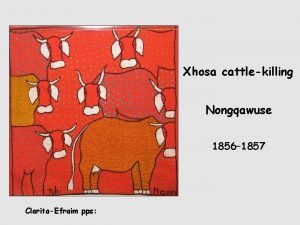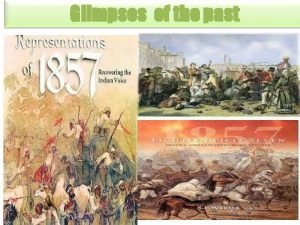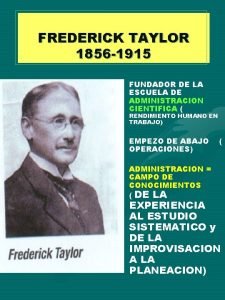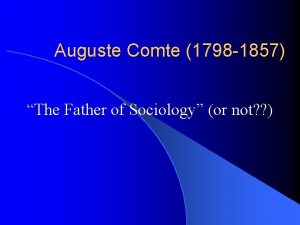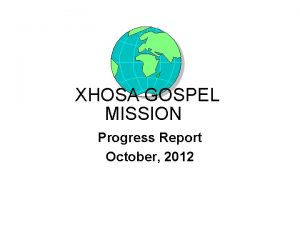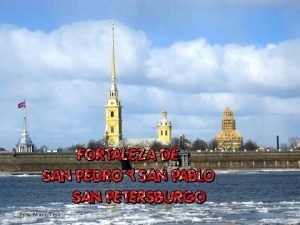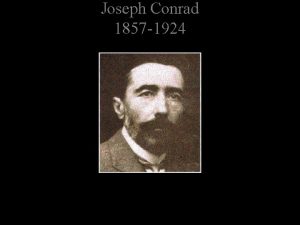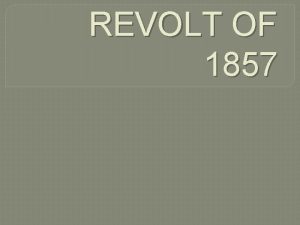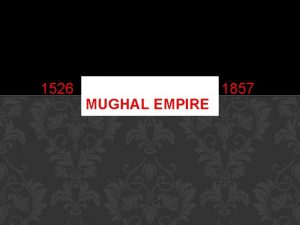Xhosa cattlekilling Nongqawuse 1856 1857 ClaritaEfraim pps Nongqawuse










- Slides: 10

Xhosa cattle-killing Nongqawuse 1856– 1857 Clarita-Efraim pps:

Nongqawuse (c. 1840 s – 1898) was the Xhosa* prophetess whose prophecies led to a millennialist movement that culminated in the Xhosa cattle-killing Crisis of 1856– 1857, in what is now the Eastern Cape Province of the Republic of South Africa. . Nongqawuse (right) with fellow prophetess, Nonkos

*The Xhosa people are a Bantu ethnic group of Southern Africa living in south-east South Africa, and in the last two centuries throughout the southern and central-southern parts of the country. The Xhosa people are divided into several tribes with related yet distinct heritages. The main tribes are the Mpondo, Mpondomise, Bomvana, Xesibe, and Thembu. In addition, the Bhaca and Mfengu have adopted the Xhosa language. The name "Xhosa" comes from that of a legendary leader called u. Xhosa. There is also a fringe theory that, prior to that, the name xhosa came from a word meaning "fierce" or "angry" in a San language. The Xhosa refer to themselves as the ama. Xhosa, and to their language as isi. Xhosa. Presently approximately 8 million Xhosa are distributed across the country, and the Xhosa language is South Africa's second-most-populous home language, after Zulu, to which Xhosa is closely related. . Xhosa people, 1848

Spiritual experience In April or May 1856, the teenaged Nongqawuse and her friend Nombanda went to fetch water from a pool near the mouth of the Gxarha River. When she returned, Nongqawuse told her uncle and guardian Mhlakaza, a Xhosa spiritualist, that she had met the spirits of three of her ancestors. The Keiskamma Tapestry, Cattle-Killing Panel, Detail 3. Copyright Robert Hofmeyr.

Map of South Africa showing the primary Xhosa language speech area in green

She claimed that the spirits had told her that the Xhosa people should destroy their crops and kill their cattle, the source of their wealth as well as food. In return the spirits would sweep the British settlers into the sea. The Xhosa would be able to replenish the granaries, and fill the kraals with more beautiful and healthier cattle. During this time many Xhosa herds were plagued with "lung sickness", possibly introduced by European cattle. By 1856, many cattle had died, and the Xhosa believed that the deaths were caused by umuthi - witchcraft. . Andrew Nhlangwini from the series 'The prophecy of the Cattle Killing of 1856/7 known as the Ibali lika Nongqawuse'

Obeying the prophecy Mhlakaza repeated the prophecy to Paramount Chief Sarhili ordered his followers to obey the prophecy, causing the cattle-killing movement to spread to an unstoppable point. The cattle-killing frenzy affected not only the Gcaleka, Sarhili's clan, but the whole of the Xhosa nation. Historians estimate that the Gcaleka killed between 300, 000 and 400, 000 head of cattle. The great Xhosa cattle killing of 1856

Aftermath Nongqawuse predicted that the ancestors' promise would be fulfilled on February 18, 1857, when the sun would turn red. On that day the sun rose the same colour as every other day, and the prophecy was not realised. Initially, Nongqawuse's followers blamed those who had not obeyed her instructions, but they later turned against her. In the aftermath of the crisis, the population of British Kaffraria dropped from 105, 000 to fewer than 27, 000 due to the resulting famine. Nongqawuse was arrested by the British authorities and imprisoned on Robben Island. After her release, she lived on a farm in the Alexandria district of the eastern Cape. She died in 1898. Today, the valley where Nongqawuse met the spirits is still called Intlambo ka Nongqawuse (Xhosa for Valley of Nongqawuse).

**Millenarianism has been found through history among people who rally around often-apocalyptic religious prophecies that predict a return to power, the defeat of enemies, and/or the accumulation of wealth. These movements have been especially common among people living under colonialism or other forces that disrupt previous social arrangements. The phrase "millennialist movement" has been used by scholars in anthropology and history to describe the common features of these religious phenomena when viewed as social movements, and has most often been used to describe the social movements that have taken place in colonized societies. Christianity itself can be seen as originating in a millenarian movement among Jewish people living under Roman rule, although its characteristics as a social movement quickly changed as it spread through the Roman Empire. Some millenarian movements include: The Ghost Dance movement among Native Americans. Tenskwatawa the "Shawnee Prophet" called for return to ancestral ways and defeat of European colonial power. The Xhosa cattle-killing movement of South Africa, led by the prophet Nongqawuse. The Righteous Harmony Society was a Chinese movement reacting against Western colonialism. The Maji Rebellion was influenced by an African spirit medium who gave his followers war medicine that he said would turn German bullets into water. Chilembwe uprising - a 1915 uprising in Nyasaland led by a millenarian priest The Melanesian John Frum cargo cult believed in a return of their ancestors brought by Western technology. Burkhanism was an Altayan movement led by a visionary that reacted against Russification.

https: //en. wikipedia. org/wiki https: //he. wikipedia. org/wiki/%D 7%A 7) https: //en. wikipedia. org/wiki/ The lifestyle and dress of the Xhosa in the early 1800 s. published in 1810 Clarita-Efraim pps: www. clarita-efraim. com chefetz@clarita-efraim. com
